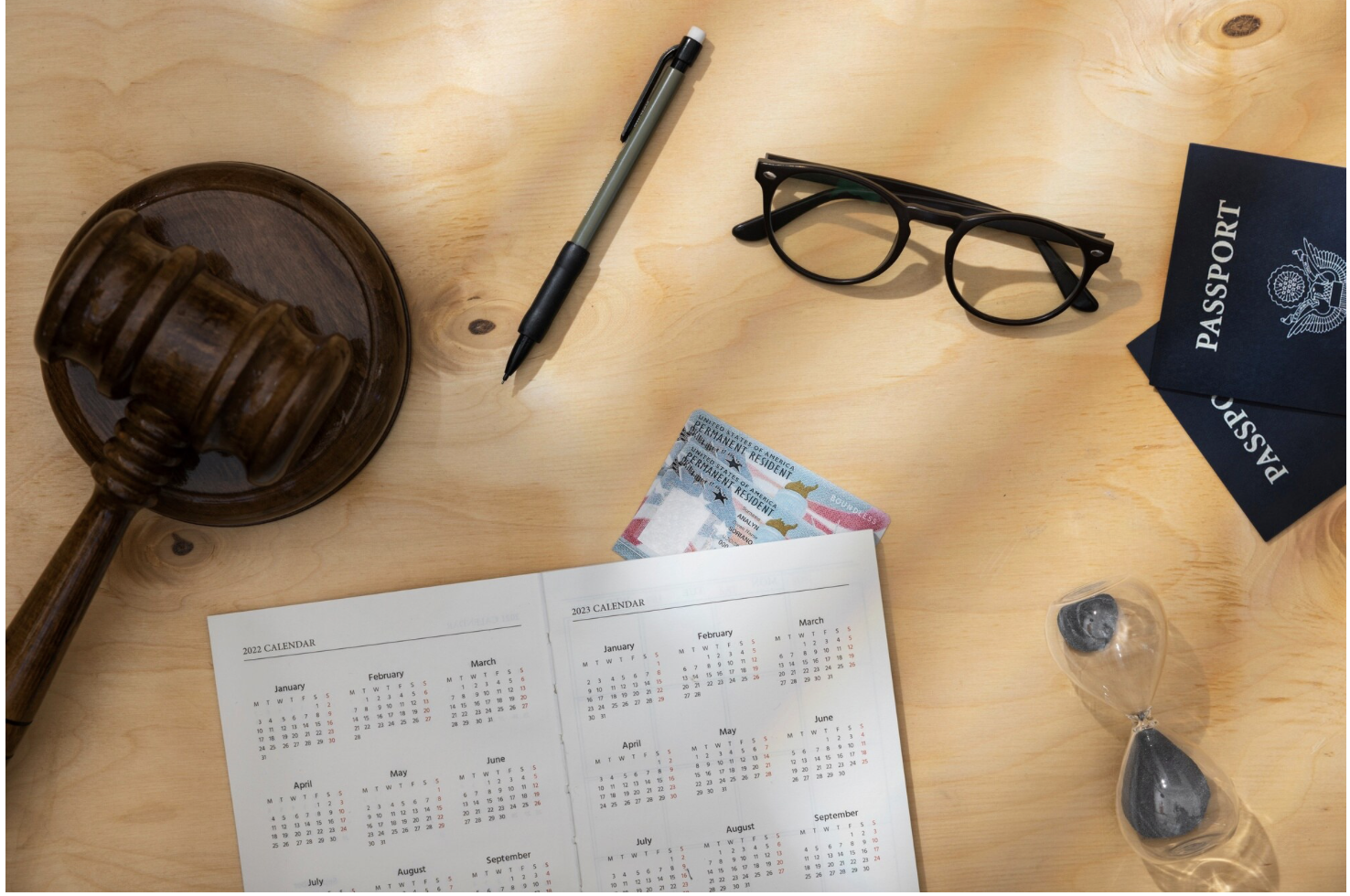
Photo: Collected
Last Update: Wednesday November 12, 2025
Planning a trip to Vietnam in 2025? Whether you’re visiting for tourism, business, or long-term stay, understanding the Vietnam entry requirements and visa procedures is essential. This guide walks you through everything you need to know — from how to enter Vietnam legally to extending your stay in Vietnam smoothly.
Quick summary:
Vietnam welcomes travelers from over 80 countries with various visa and visa-free options.
Check your eligibility and prepare documents in advance.
Complete your entry procedures correctly to avoid delays at the airport.
For the latest visa support and updates, visit vietnam-immi.org.
Step 1 — Check the Latest Vietnam Entry Requirements (2025)
Before booking your flight, review the latest Vietnam entry requirements.
As of 2025, Vietnam grants visa-free entry (ranging from 14 to 45 days) to travelers from countries such as Japan, South Korea, Germany, France, Italy, Spain, the UK, and several ASEAN nations.
Pro Tips: Always check the updated exemption list before traveling. Even if you’re exempt, you must hold a valid passport with at least 6 months’ validity and proof of onward travel.
Vietnam’s e-Visa system is the easiest and fastest way to enter the country. You can apply online and receive your approval within 3–5 working days.
Valid for 90 days (single or multiple entry)
Accepted at 42 international checkpoints, including major airports like Tan Son Nhat (Ho Chi Minh City), Noi Bai (Hanoi), and Da Nang.
Apply and get help with your e-Visa process via vietnam-immi.org.
Step 2 — How to Enter Vietnam: Airport Procedures
When you arrive at a Vietnamese airport, you’ll go through three main steps.
For e-Visa holders: Proceed directly to the immigration counter and present your passport, printed e-Visa, and arrival card (if required).
For visa-on-arrival: Go to the “Visa on Arrival” desk before the immigration area, submit your approval letter, passport, photos, and stamping fee (in USD).
Declare any items exceeding duty-free limits. Most travelers pass through smoothly, but make sure not to carry restricted goods.
After clearing immigration, you’re officially in Vietnam! Here’s what to keep in mind during your stay.
Hotels and registered hosts automatically report your stay to local immigration authorities. If you stay in a private home or Airbnb, ensure your host registers your temporary residence.
Keep both printed and digital copies of your passport and visa.
Respect local laws and regulations; overstaying can result in fines.
Travel with travel insurance covering medical and trip interruptions.
Use reliable visa support services to avoid fraudulent websites.
For professional visa assistance and updates, contact vietnam-immi.org.
Q1: How early should I apply for a Vietnam e-Visa?
It’s best to apply at least 1–2 weeks before your travel date to allow for processing time and possible revisions.
Q2: Can I extend my Vietnam visa while in the country?
Yes. You can extend your visa without leaving Vietnam through the immigration office or a trusted service agency such as vietnam-immi.org.
Q3: What happens if I overstay my visa?
Overstaying can lead to fines or future entry restrictions. Always renew or exit before your visa expires.
Entering and staying in Vietnam in 2025 is straightforward — as long as you follow the correct steps and stay informed about Vietnam entry requirements. Whether you’re visiting for a short trip or a longer adventure, proper preparation ensures a smooth and enjoyable experience.
✨ For personalized visa assistance and the latest updates on Vietnam travel 2025, visit vietnam-immi.org.